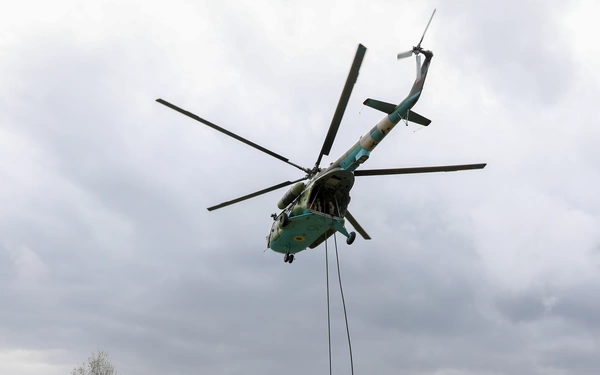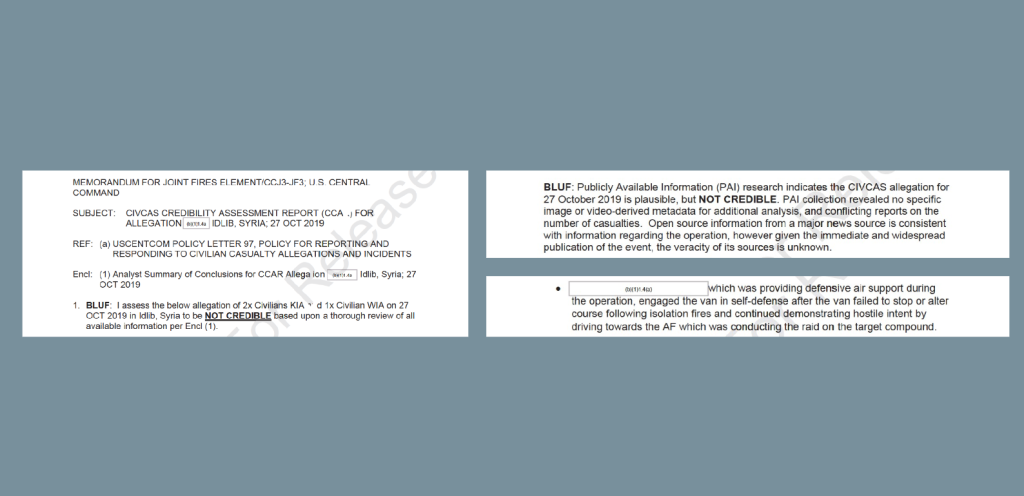Following the 2003 U.S.-led invasion which toppled dictator Saddam Hussein, Iraq has experienced decades of instability including protracted battles against militant groups fighting an insurgency. A number of regional and international powers have also competed for influence in the country.
Airwars has documented allegations of civilian harm by a number of actors in Iraq since 2014, including the US-led Coalition against Islamic State and Turkish forces in northern Iraq, as well as conducting major investigations and reports on the conflict.
Conflicts monitored involving Iraq





